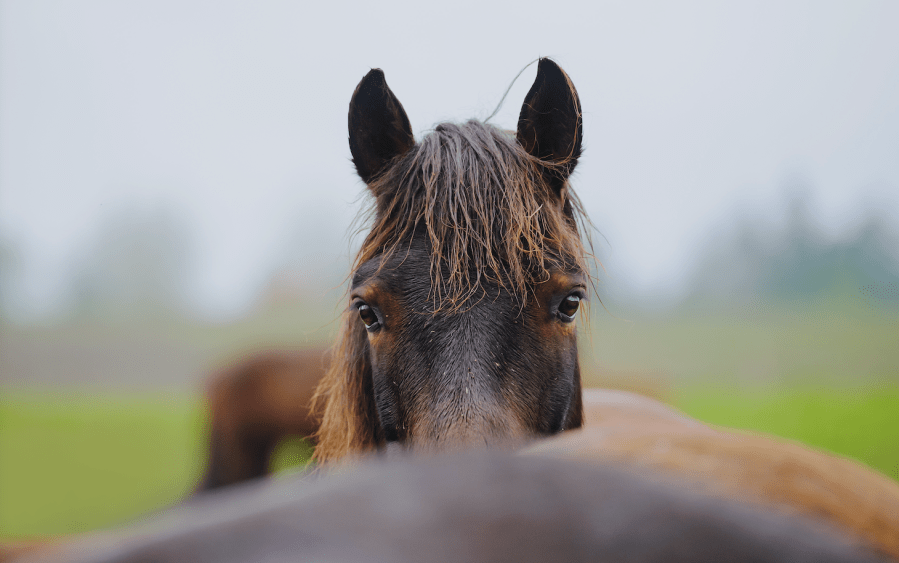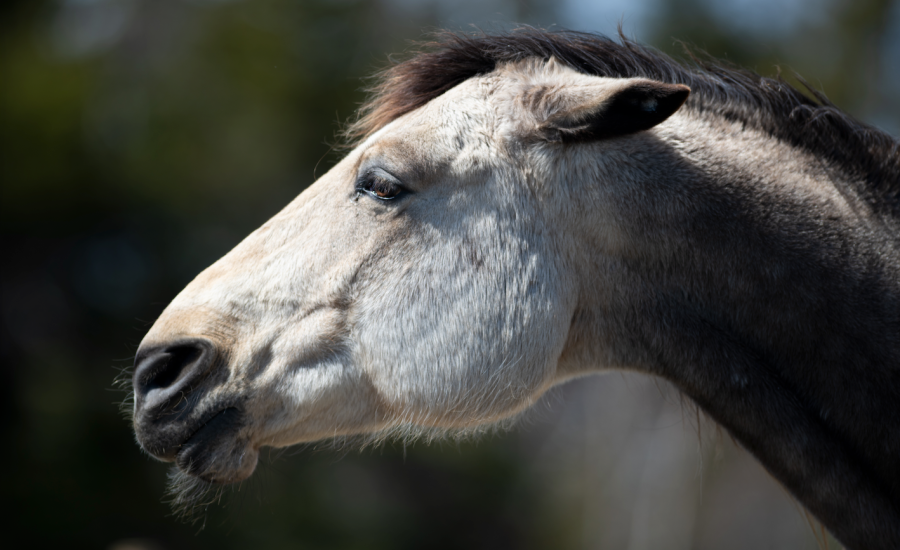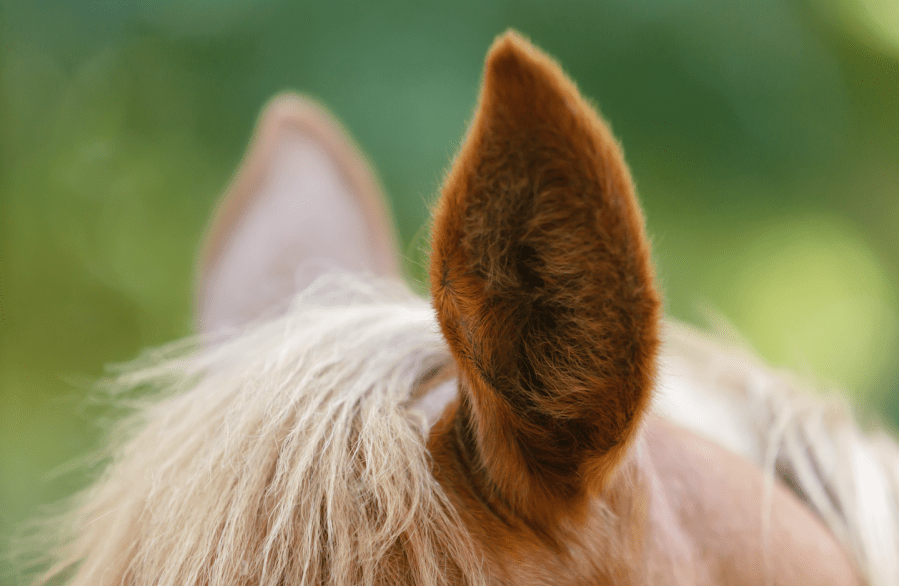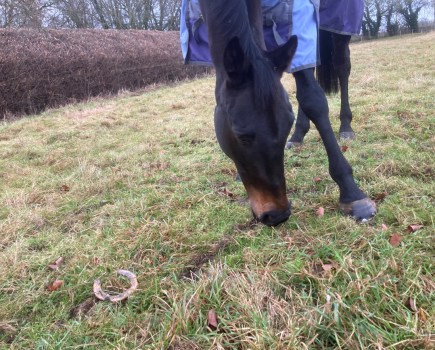You can tell a lot about the way a horse is feeling by learning to read their facial language, which includes ear positions, nostrils and eyes. Learning to spot the first signs of facial tension means that you can see when your horse is becoming anxious or afraid. Then you can either reassure them or remove them from the situation instead of them needing to resort to using ‘louder’ or more dangerous types of behaviours, such as bucking, biting or napping to try to escape.
When a horse is anxious, fearful, frustrated or aggressive, there will be early changes in their behaviour and it is this facial language that you need to be able to identify and read. Understanding what a horse’s ear positions are telling you is a key part of this. It puts you in a much better position to avoid potentially dangerous situations or behavioural problems escalating.
As well as a horse’s ear positions, we can learn a lot about how they are feeling from the level in tension in their face. Some horses are always a little anxious around people, so watch your horse when they’re dozing to see what their face looks like when totally relaxed. When anxious, fearful, angry or in pain, we see the facial muscles tense and become tight, especially around the chin and cheeks. Blood vessels may also become more pronounced.
Horse ear positions: what they mean

Ears pricked forward, watching and listening in front of them
The position and movement of a horse’s ears are a great indicator of where a horse’s attention is directed. They can also signal levels of arousal and mood. This is what a horse’s ear positions mean:
1 Ears pricked forwards
This means the horse is directing their attention and listening in front of them (see main image, above). Once they have satisfied their curiosity, the ears quickly relax.
2 One ear turned backwards
If something behind your horse catches their attention, they may split their focus and turn one ear backwards to listen out for anything interesting.
3 Flicking ears back and forth
You’ll often find your horse splits their attention by flicking their ears back and forth when being ridden. This means they’re listening to both you, their rider, and are aware of what’s in front of them.
4 Ears turned to the side

Ears pinned back and nostrils strained: this horse is clearly angry about something!
This could mean that your horse is paying attention to something beside them or, if the ears are drooping to the side, it could indicate relaxation, drowsiness or pain.
5 Ears back
Ears turned backwards mean that your horse’s attention is focused behind them, while ears pinned back indicate aggression or fear. How flattened the ears are is a great indicator of the severity of the horse’s threat. A horse with their ears pinned flat back instantly looks very angry.
Horses eyes as mood indicators
As well as ear positions, a horse’s eyes are a core part of their facial language too. A horse’s eye is the largest of any land mammal and vision is believed to be the horse’s primary sense. It is really useful as a rider to understand how horses see, and recognise that eyes can tell us a great deal about a horse’s emotional state.
- A nervous horse in a new environment may have extremely expressive eyes.
- A tired horse may have limited eye movement and a dull, vacant look.
- In a horse becoming nervous or anxious, the muscles in the inner brow area contract, causing the upper eyelid to change shape and the eye to become triangulated.
- Stressed horse: according to research, how many and the depth of wrinkles (or ‘worry lines’) forming above the eye is a good indicator of this.
Ear positions: signs of a stressed horse
The ear position of a horse who is stressed will usually be turned back. A horse who is constantly stressed may have numerous deep wrinkles on their upper eyelid as their eyes are continually triangulating in this way. Eye wrinkles are common in horses, but differ in number, depth and shape between individuals. A horse who isn’t blinking could be frozen in fear just prior to exposure behaviour, whereas a dull stare could be an expression of depression, illness or pain.
One of the first indicators that a horse is scared is in their eyes. As well as their ears and eyes, horses use their whole body to communicate with each other and also with people.
All images: copyright Shutterstock








